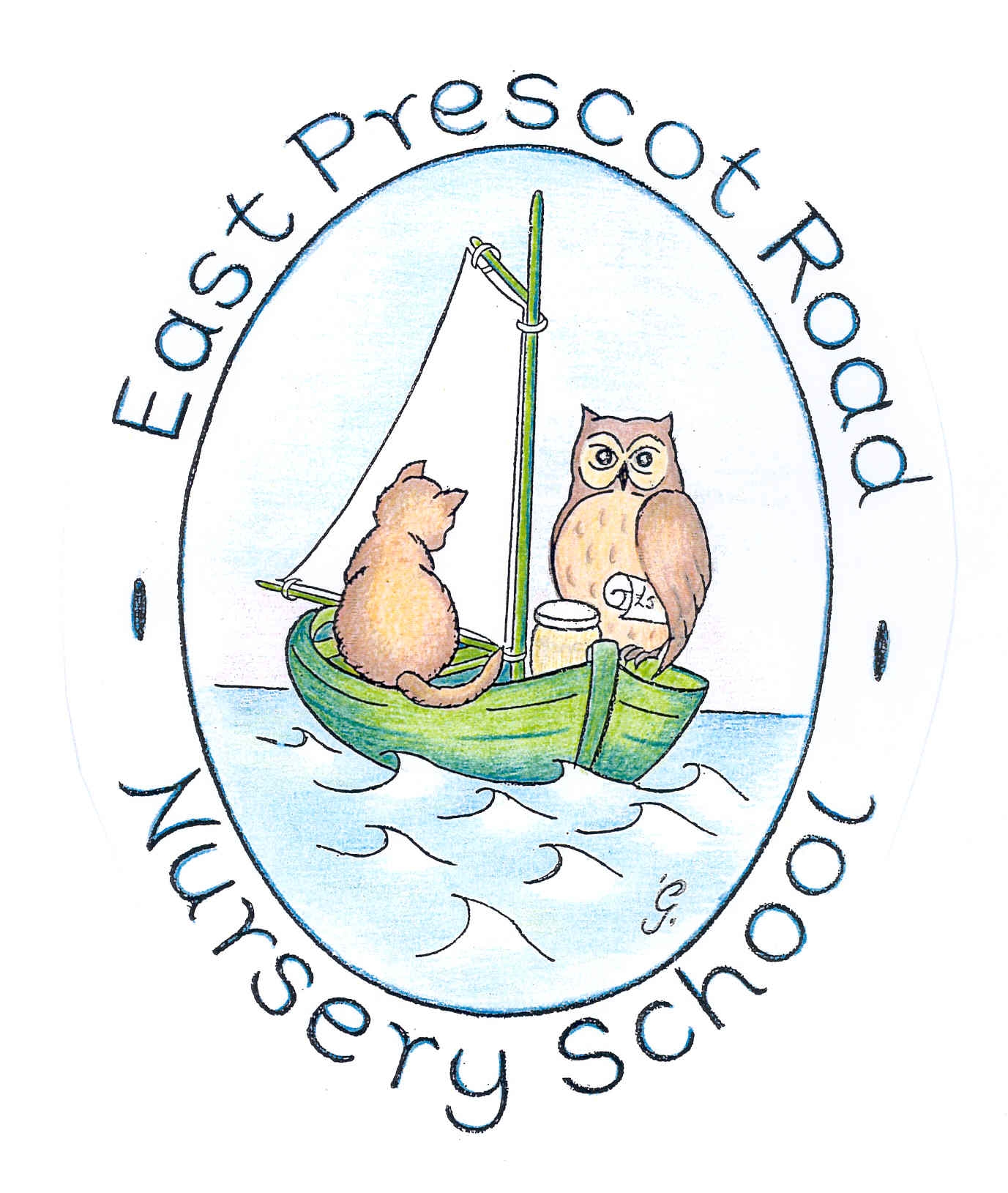Self Regulation
What is self-regulation?
Self-regulation is the ability of a child to manage their emotions and behaviour in accordance with the demands of the situation. It includes being able to resist highly emotional reactions to upsetting stimuli, to calm yourself down when you get upset, to adjust to a change in expectations, and to handle frustration without an outburst. It is a set of skills that enables children, as they mature, to direct their own behaviour towards a goal, despite the unpredictability of the world and our own feelings.
What does emotional dysregulation look like?
Problems with self-regulation manifest in different ways depending on the child. Some children are instantaneous — they have a huge, strong reaction and there’s no lead-in or build-up. For others, distress seems to build up and they can only take it for so long. Eventually it leads to some sort of outburst.
The key for both kinds of kids is to learn to handle those strong reactions and find ways to express their emotions that are more effective (and less disruptive) than having a meltdown.
Why do some kids struggle with self-regulation?
Some babies have trouble self-soothing and get very distressed when you’re trying to bathe them or put on clothes. Those kids may be more likely to experience trouble with emotional self-regulation when they’re older.
But the environment plays a role as well. When parents give in to tantrums or work overtime to soothe their children when they get upset and act out, children can have a hard time developing self-discipline. In those situations, the child is basically looking to the parents to be external regulators. If that pattern that happens again and again, and a child is able to ‘outsource’ self-regulation, then that’s something that might develop as a habit.
Children with ADHD or anxiety may find it particularly challenging to manage their emotions, and need more help to develop emotional regulation skills.
How do we teach self-regulation skills?
We approach self-regulation skills in the same way we approach other skills, academic or social: isolate that skill and provide practice.
The key to learning self-regulation skills is not to avoid situations that are difficult for our children to handle, but to coach our children through them and provide a supportive framework. We call this “scaffolding” the behaviour that we want to encourage — until they can handle these challenges on their own.
The first step is co-regulation with the child. Adults work with children to talk about the situation, talk through emotions and model alternative ways to manage emotions.
Use of Stories
Stories can support children who are exploring their emotions.
'The Colour Monster' by Anna Llenas is one of the books we use in school to develop children's emotional literacy around feelings. It’s the story of a monster whose feelings, and therefore colours, are all mixed up. His friend helps him to un-muddle his feelings and understand each one. They assign a separate colour to each emotion and describe how the emotion might make you feel.
The children are supported to identify feelings with the use of emotion cards containing the appropriate colour monster and a range of words that can be used to describe each feeling.
Children are encouraged to convey their feelings throughout the day, especially those who may not currently have the language to share their feelings with practitioners and peers.
